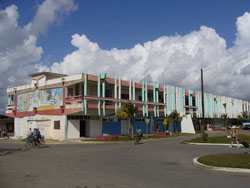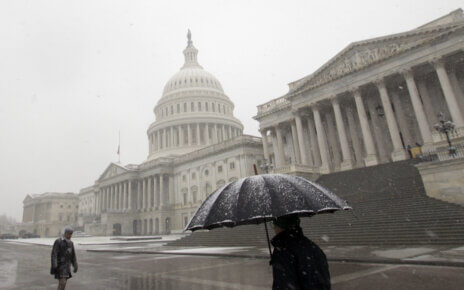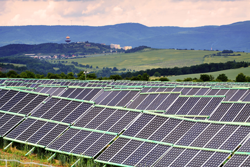The village of Sandino in Western Cuba has plans to make history, as the municipality is scheduled to build the first Roman Catholic Church within the state since 1959.
Following the expulsion of the Batista regime by rebels led by Fidel Castro, Cuba assumed a role as a socialist state, which later transitioned into the Communist Party in 1965, according to BBC.
With the approval of the Government to build this church, many are considering whether this signals a change for the island nation. Dr. Kenneth Mitchell, an associate professor of political science, is skeptical of what the Sandino church’s construction means for Cuba.
“Catholicism post-Cuban Revolution (1959) has always been a case in which the Marxist government permits some space to the Cuban people. Cuba is a highly Catholic nation, both before and after the Revolution,” said Mitchell.
According to the Christian Post, Pedro Rodriguez, Executive Director for the Foundation for Human Rights in Cuba, echoed these sentiments, believing this is “a public relations scam directed to project Raul Castro as a true reformer.”
Dr. George Gonzalez, an assistant professor of philosophy, religion and interdisciplinary studies, stressed the importance of how the church’s construction is framed. “While we might be tempted to frame the situation as one of religion ‘coming back’ to Cuba, the truth is that it never really left. There is always a disconnect between official policy and popular practice,” said Gonzalez.
Thus, separation of religion and politics before and after the Cuban Revolution is not as clear cut as many depict it. “There are radical right-wing and radical left-wing constituencies inside the Church,” said Mitchell, as with any other institution, and as such the Sandino church’s construction may not be as notable as it seems.
Additionally, while the efforts to build this house of worship are positive for the Cuban community, they are not necessarily indicative of improving US-Cuban relations. “Until the actual USA embargo is lifted, the basic structure of USA-Cuban relations remains in place,” added Mitchell.
Succinctly stated by Gonzalez, “History reminds us that the entanglements between religion and the state have always been much messier and complicated than the official accounts of state and church institutions have cared to admit.”
Mitchell reiterated, “The Catholic Church in the context of post-WWII Latin America is a complicated subject.”
IMAGE TAKEN from trip-suggest.com




